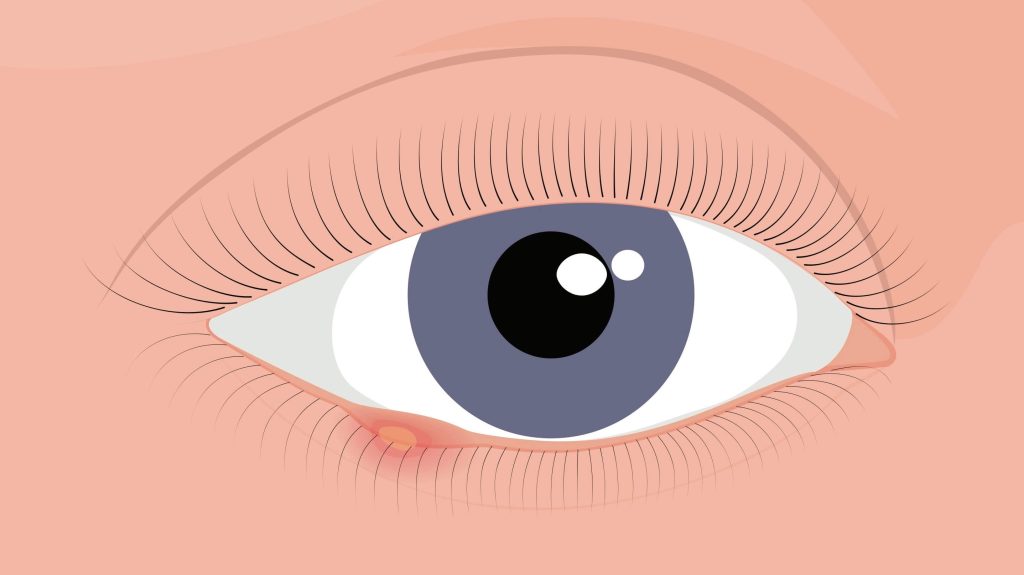The glands that lubricate our eyes can sometimes become clogged, resulting in painless bumps known as a chalazia. While chalazia may disappear on their own, these bumps also may need to be surgically removed. Knowing more about your chalazion will help you determine whether you need to address it, according to Dr. Michael Caruso of Atlantic Eye Center.
“Although chalazia are painless and slow-growing, they can cause problems,” said Dr. Caruso. “These can range from mild eye irritation to blurry vision triggered by larger growths pressing on the cornea.”
Commonly Confused: Chalazia vs. Styes
Chalazia start out as small, red areas that are sore to the touch. In a few days, the soreness is replaced with a bump the size of a pea. These lumps may be confused with another type of clogged gland known as a stye. An important distinction is that styes are infected while chalazia are not. In addition, chalazia are painless, while styes are sore, crusty and scratchy. Both may appear on upper or lower eyelids but chalazia usually appear further back than styes.
What Causes Chalazia and How Are They Treated?
Chalazia are caused by bacteria and poor hygiene, and are especially common in adults who also suffer from acne rosacea. Chalazia occur more frequently in adults ages 30-50.
An eye doctor can diagnose a chalazion and prescribe treatment. “Chalazia are not infections, and so antibiotics are usually ineffective as direct treatments,” noted Dr. Caruso. “However, antibiotics may be prescribed to treat the underlying conditions that caused the chalazion in the first place. In general, your doctor may prescribe home care, such as warm compresses to soften the oil in the gland. Chalazia usually take a few weeks to a month to go away. However, your chalazion may grow to a size that is cosmetically unappealing or that interferes with your vision. At that point, your doctor may treat it with a corticosteroid injection or inpatient surgery. A skilled eye surgeon can complete the procedure without visible scarring.”
“Importantly, don’t try squeezing or draining a chalazion,” added Dr. Caruso. “This could result in an infection that then needs to be treated by your doctor.”
Chalazia often recur. Talk to your eye doctor if you have persistent issues with these bumps. You may be able to address underlying conditions contributing to chalazia.
Atlantic Eye Center is a leading name in ophthalmic and surgical eye care in South Jersey, offering services at Atlantic Eye Center and Cape Cataract Center. Dr. Caruso is a board-certified ophthalmologist, doctor of medicine and eye surgeon who is trained to perform total eye care, from routine eye exams to disease diagnosis, prescription treatments and surgery. The full-service practice treats patients from the time they are young, through adult years, and as their eyes age. For more information on Atlantic Eye Center or to schedule an appointment, visit www.DoctorMichaelCaruso.com or call 609-465-1616.
Wildwood Crest – Several of Donald Trump’s Cabinet picks have created quite a bit of controversy over the last few weeks. But surprisingly, his pick to become the next director of the FBI hasn’t experienced as much…








